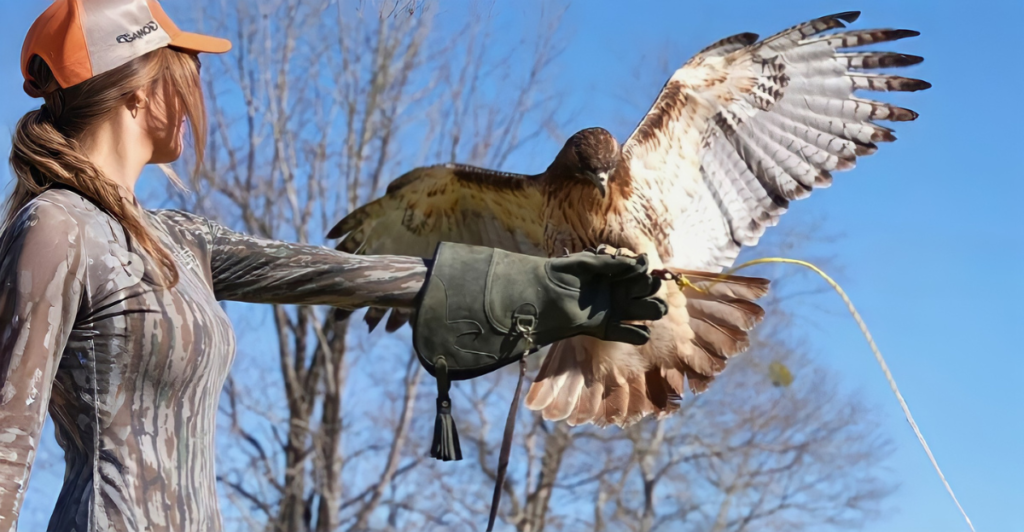
In the early 20th century, Pennsylvania’s Hawk Mountain was notorious for the mass shooting of migrating raptors, considered pests by farmers and hunters. This changed in 1934 when conservationist Rosalie Edge leased the land, transforming it into the world’s first refuge for birds of prey, now known as Hawk Mountain Sanctuary.
The Visionary Behind the Sanctuary: Rosalie Edge
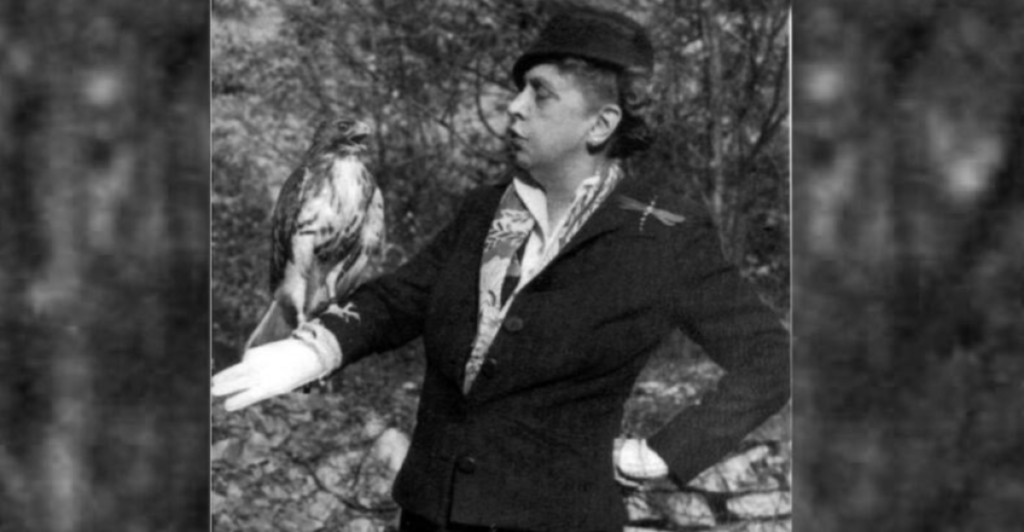
Rosalie Edge, a New York City environmentalist, recognized the urgent need to protect raptors from widespread persecution. Her lease and subsequent purchase of Hawk Mountain laid the foundation for global raptor conservation efforts, showcasing the impact of individual initiatives on environmental preservation.
Establishing a Safe Haven: The Sanctuary’s Early Days
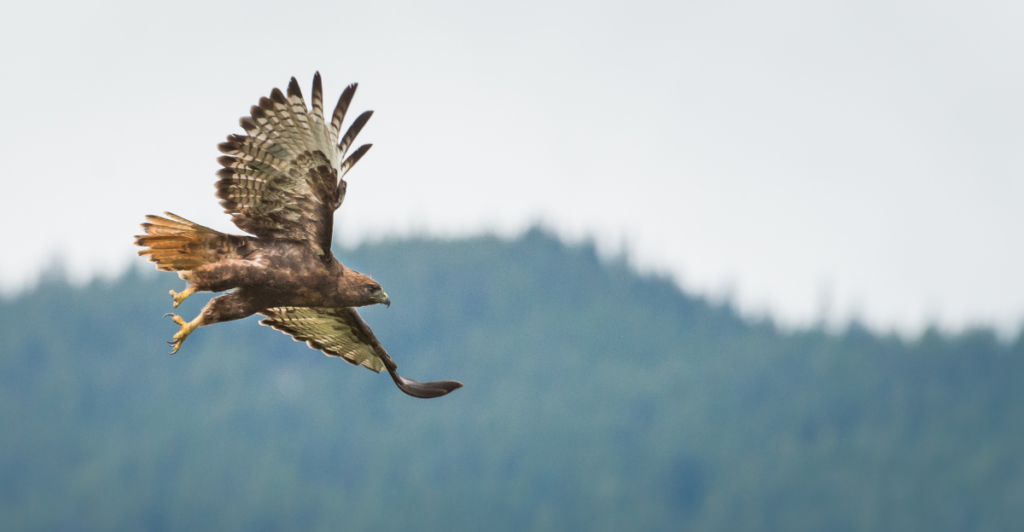
Upon acquiring the land, Edge implemented strict anti-hunting policies, effectively ending the mass slaughter of raptors. This bold move provided a safe passage for migrating birds and set a precedent for future wildlife sanctuaries worldwide.
A Global Model for Raptor Conservation
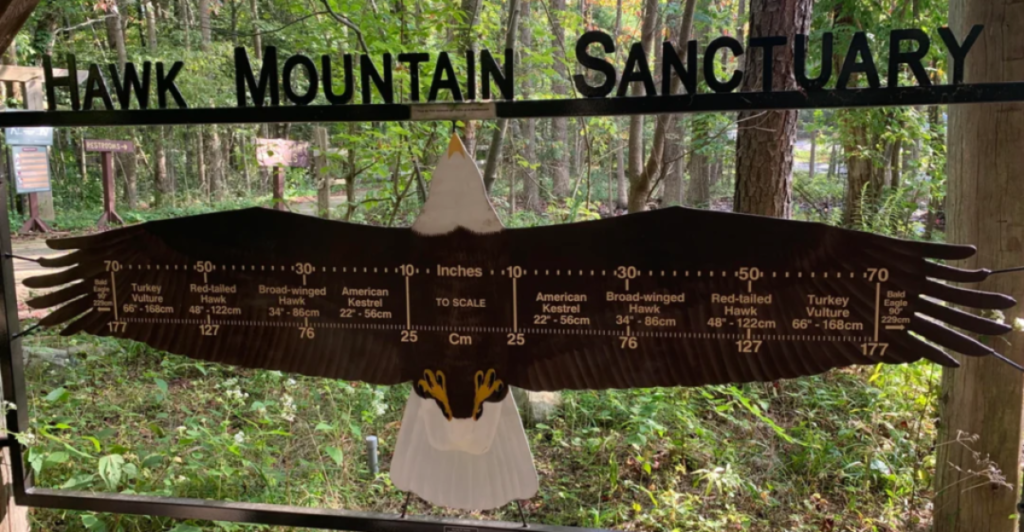
Hawk Mountain Sanctuary has become an international center dedicated to raptor conservation, education, and research. Its initiatives have inspired similar conservation projects globally, underscoring its pivotal role in protecting birds of prey.
Monitoring Migration: The Annual Hawk Watch
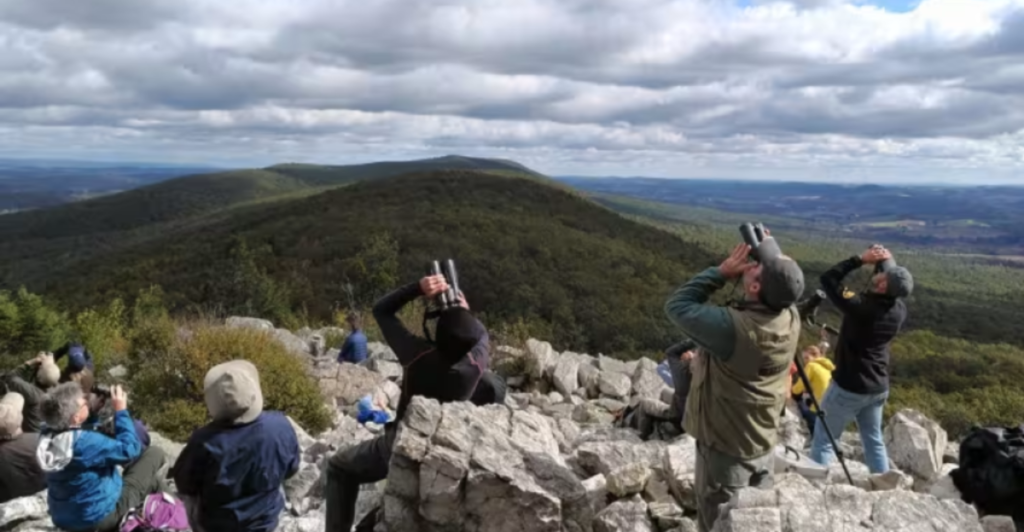
Each autumn, Hawk Mountain conducts a hawk watch, monitoring the migration of raptors along the Appalachian Flyway. This event provides valuable data on raptor populations and migration patterns, contributing to broader ecological studies.
Educational Outreach: Inspiring Future Conservationists

The sanctuary offers educational programs to foster a deeper understanding of raptor ecology and conservation. Hawk Mountain cultivates a conservation ethic among future generations by engaging schools and communities.
Research Initiatives: Advancing Raptor Science
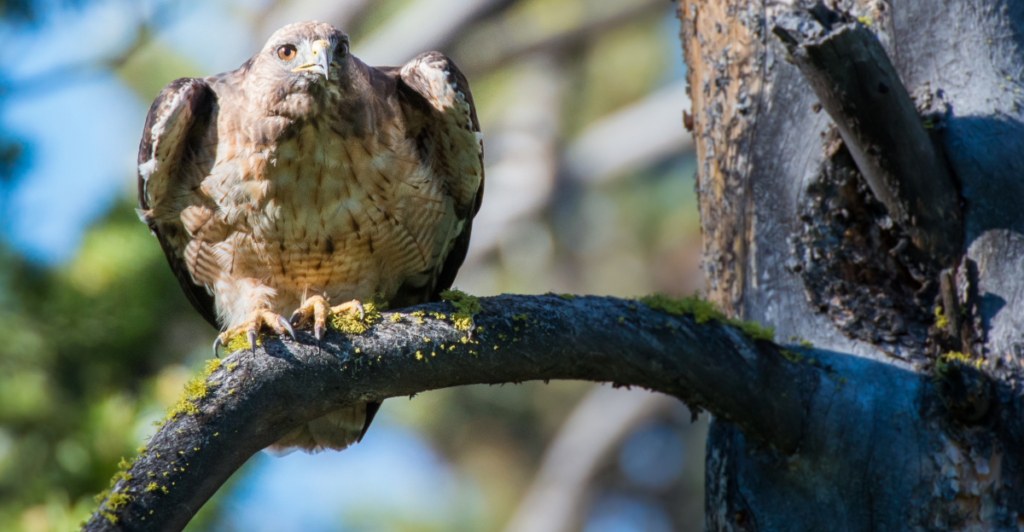
Hawk Mountain’s conservation science team extensively researches raptor behavior, migration, and ecology. These studies inform global conservation strategies and enhance our understanding of these vital predators.
Training the Next Generation: The Conservation Science Trainee Program
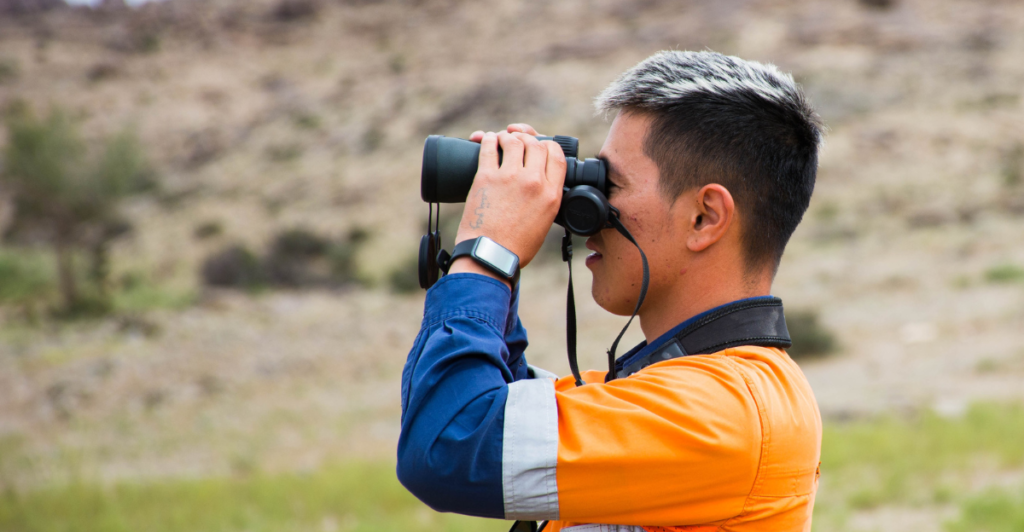
The sanctuary’s trainee program offers hands-on experience in raptor conservation, research, and education. This initiative equips aspiring conservationists with the skills to address contemporary environmental challenges.
Community Engagement: Building a Conservation Network

Hawk Mountain fosters a community dedicated to raptor conservation through workshops, volunteer opportunities, and public events. This network amplifies the sanctuary’s impact and promotes collective stewardship of natural resources.
Habitat Preservation: Protecting the Ridge and Valley
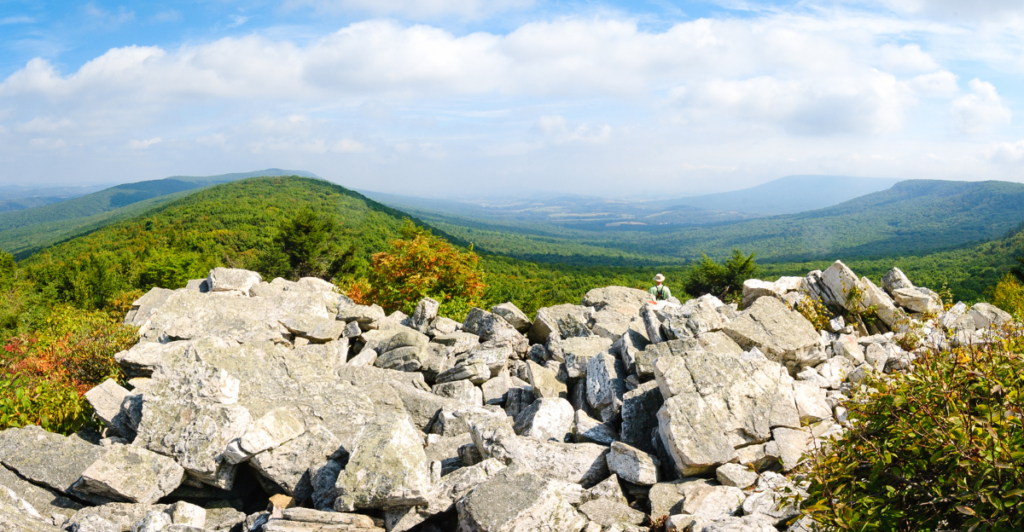
The sanctuary encompasses over 2,500 acres of protected land, preserving critical habitats for raptors and other wildlife. This conservation effort ensures the ecological integrity of the region for future generations.
Global Partnerships: Extending Conservation Efforts
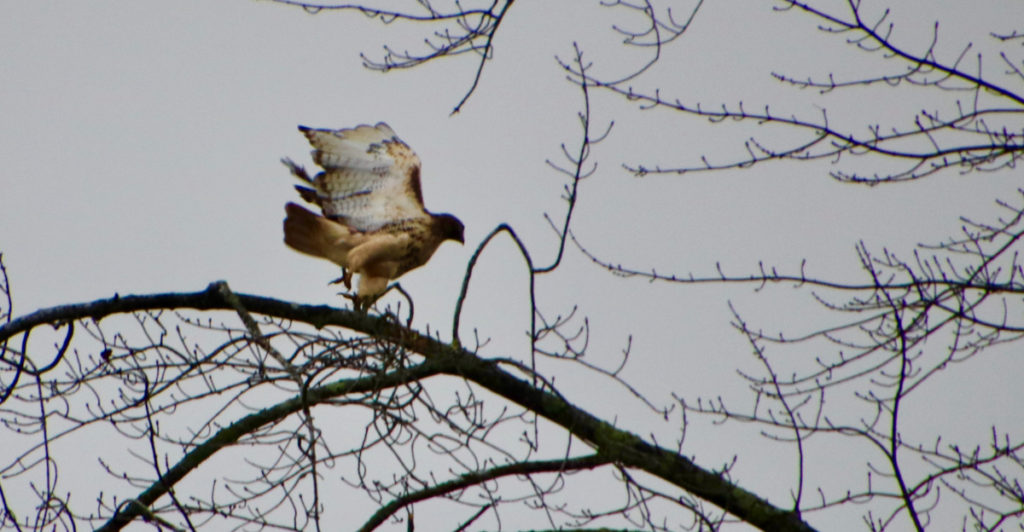
Collaborating with international organizations, Hawk Mountain extends its conservation efforts beyond Pennsylvania, addressing global challenges in raptor preservation and environmental sustainability.
Visitor Experience: Connecting People with Nature
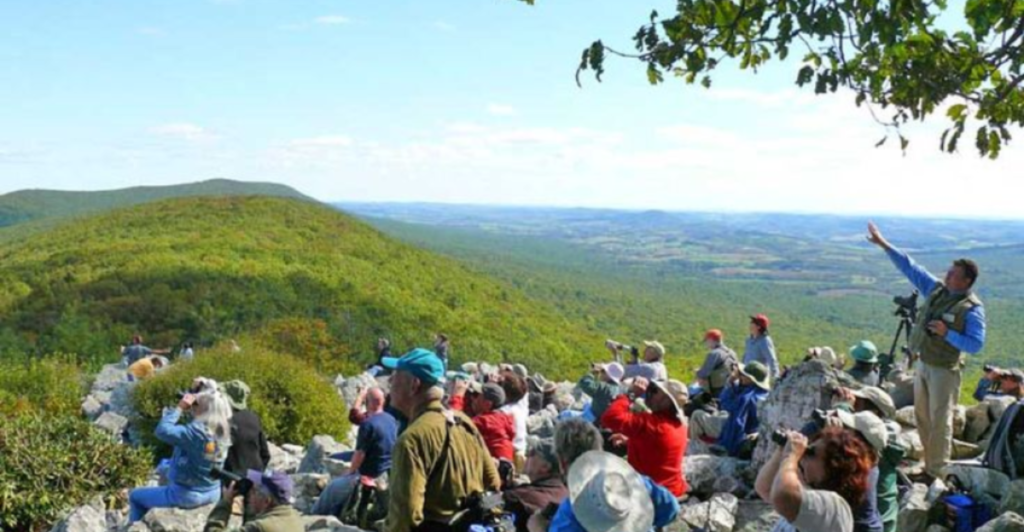
The sanctuary offers trails, observation points, and educational exhibits, providing visitors with immersive natural experiences and fostering a personal connection to conservation.
The Legacy of Hawk Mountain: A Testament to Conservation

From a site of raptor persecution to a beacon of conservation, Hawk Mountain’s transformation exemplifies the profound impact of dedicated individuals and communities in protecting our natural world.
Explore more of our trending stories and hit Follow to keep them coming to your feed!

Don’t miss out on more stories like this! Hit the Follow button at the top of this article to stay updated with the latest news. Share your thoughts in the comments—we’d love to hear from you!







